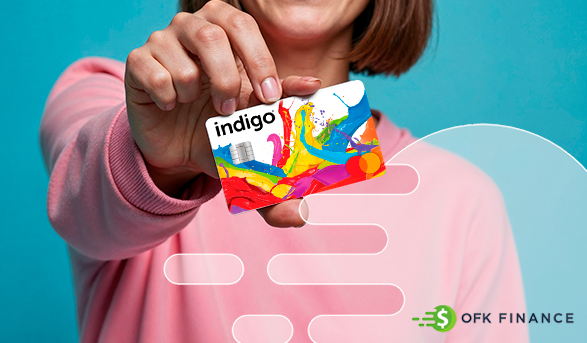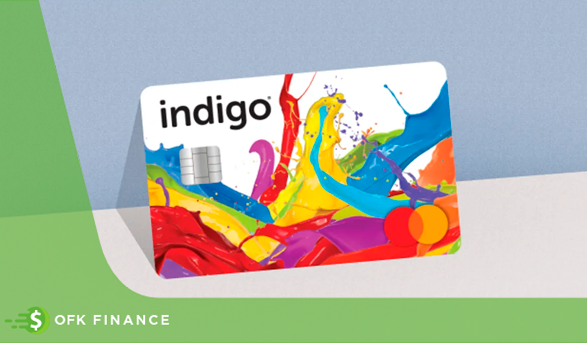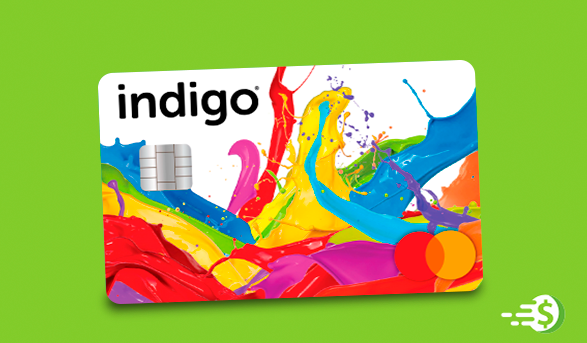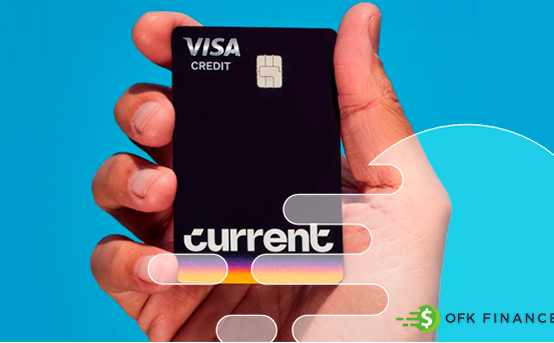
When you have less-than-perfect credit, your options can feel limited and often come with strings attached, but the Indigo Platinum Mastercard is a prominent player in this space. The primary—and arguably only—reason to consider the Indigo Card is that it is unsecured. This means it does not require a security deposit, which is the main barrier to entry for a secured card.
My goal here is to give you a clear, unvarnished look at what this card truly is: a tool of convenience with a significant, variable cost. Let’s break down the real-world trade-offs so you can make an informed, logical decision.
The Real Deal on the Indigo Platinum Mastercard: Features & Benefits
- Prequalification: Before you even think about applying, you must use Indigo’s pre-qualification tool. It’s a “soft pull” on your credit that doesn’t affect your score, and it will tell you which of the three fee structures you are being offered. This is the most critical piece of information you can get.
- The $0 Annual Fee Offer: This is the golden ticket. If you prequalify for the version with no annual fee, this is an excellent deal. You get an unsecured credit line to build your history at no cost. If you receive this offer, it is a strong one to consider.
- The Mid-Tier Fee Offer ($75-$99): This is the most common offer. You’ll be charged a $75 annual fee for the first year, which then becomes $99 annually. At this price point, you must ask yourself: is paying a non-refundable ~$100 fee better for my situation than putting down a refundable $200 deposit for a secured card? For some, the answer is yes. For many, a secured card would be the more financially sound choice.
- The High-Tier Fee Offer ($175 + Monthly Fees): This is the most expensive tier. You’ll be charged a $175 annual fee for the first year. After that, you’ll pay a $49 annual fee plus a $12.50 monthly maintenance fee (totaling $178 per year). Candidly, this is an extremely expensive way to access credit. This offer should only be considered an absolute last resort after all other options, including every available secured card, have been exhausted.
- It Reports to All Three Bureaus: Your payment history with Indigo is sent to Experian, Equifax, and TransUnion. This is the utility you are paying for. Consistent on-time payments will help build your credit file.
- It Provides an Unsecured Credit Line: You get a standard initial credit limit of $700. This gives you a revolving line of credit without tying up your own cash.
- It Comes with a High APR: The variable APR is 35.90%. This is not a card for carrying a balance. To use it successfully, you must pay your statement in full every single month.
Who Is This Card Actually For?
Let’s be realistic. This card is for a U.S. resident who:
- Has a poor or fair credit history and has struggled to get approved for other products.
- Absolutely cannot afford a $200-$300 refundable deposit for a secured card but can afford the non-refundable annual fee.
- Has the discipline to treat this card as a temporary tool, not a permanent solution.
- Understands the high costs involved and has a clear exit strategy to move to a better card in 12-18 months.
The Application Playbook

- Run the Prequalification. This is your mandatory first step. Go to the Indigo website and complete the pre-qual form to see your specific offer.
- Analyze Your Offer. Look at the annual fee they present you with. If it’s $0, great. If it’s higher, do the math and compare it to putting a deposit on a secured card.
- Make a Calculated Decision. If you accept the terms of the offer, you can proceed with the full application, which will result in a hard inquiry on your credit report.
The Bottom Line: A Q&A
- What happens to my available credit after the fees are charged?
Your standard credit limit is $700. Your annual fee is charged against this immediately. If your fee is $75, your initial available credit will be $625. If it’s the $175 fee, your available credit starts at just $525. - Are there customer service complaints about this card?
Like many subprime credit cards, customer service reviews can be mixed. It’s important to be prepared for a more basic level of service than you might receive from a prime lender like Chase or American Express. - What is the best strategy for using this card?
The “sock drawer” strategy. Use it for one small, recurring monthly bill (like Netflix). Set up autopay to pay the full statement balance from your bank account. Then, put the physical card away and don’t use it for daily spending. This ensures a perfect payment history while minimizing your interaction and risk. - Why would anyone choose the high-fee version over a secured card?
The only logical reason is a lack of liquidity. Some people may be able to budget for a monthly fee but do not have a lump sum of $200-$300 available for a deposit. It is a financial trade-off between paying a non-refundable fee for immediate access versus saving up for a refundable deposit.





